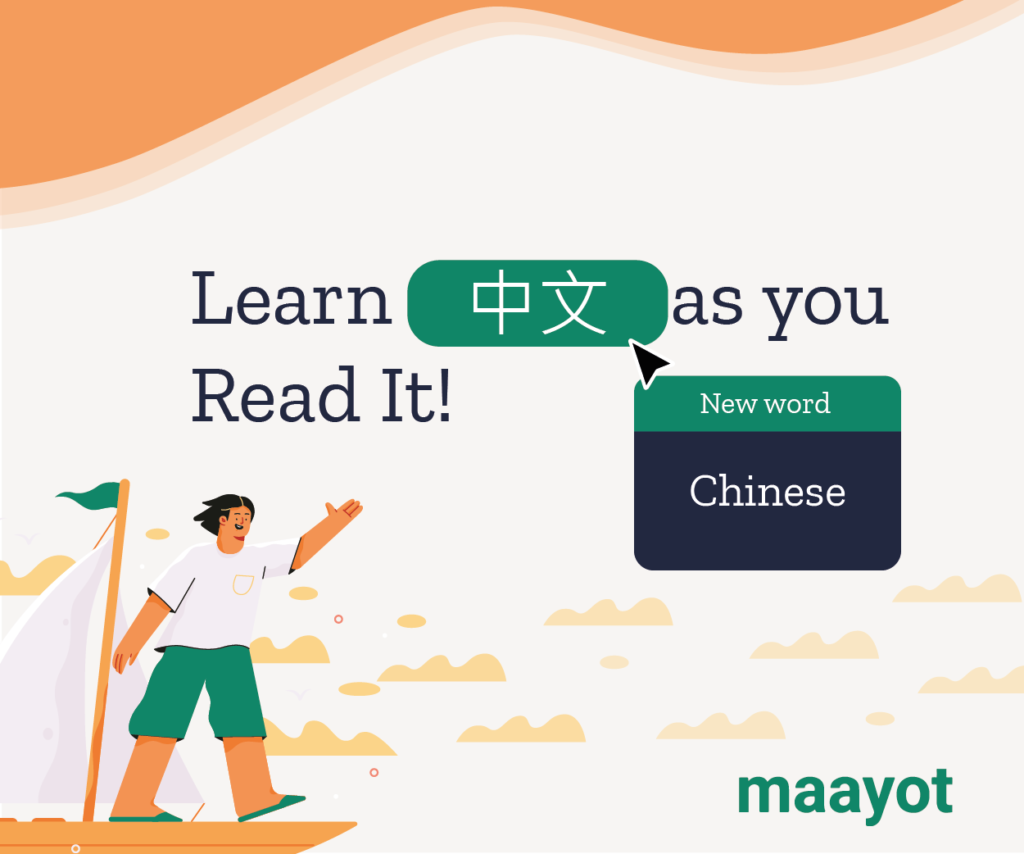It’s been a while since I’ve posted here, but I think it is time to start posting once more about my adventure in learning Chinese. In late 2019 I was planning on spending a month in the summer of 2020 in Guilin, China, in an immersion program. Then COVID-19 had the entire planet in its clutches, and even now, in 2021, that plan is on hold. Next year perhaps.

Cambridge’s Christine Nuttal said, “The best way to improve your knowledge of a foreign language is to go and live among its speakers. The next best way is to read extensively in it.” I couldn’t agree more! So I wanted to share some thoughts about graded readers that I’ve learned over the past several years.
- Avoid a graded reader that puts the English translation close to the Chinese text. If English is your native language, your eyes will be naturally attracted to the English text. It would be best if you were reading a text that is reasonably within your level.
- Avoid a graded reader that places pinyin next to the text or combined the text and pinyin. Part of the learning experience is to read the next in a natural way as possible. Combining text with pinyin goes against that. I’ll grant one caveat to this: if the text is first written in Chinese, then a separate section has Chinese combined with pinyin is provides the necessary divider to prompt the reader to try the text in Chinese first.
- Buy graded readers from several different sources. The different approaches and emphasis they have will lead to a more rounded learning experience.
- Mandarin Companion: at this time, they have three levels: breakthrough (150 unique characters), level 1 (unique 300 characters), and level 2 (450 unique characters). The breakthrough stories are original context. The level 1 and level 2 graded readers are based on books from Western literature that have been adapted to a Chinese context. These Chinese graded readers are well designed and beautifully illustrated to give the learner a pleasant learning experience. If you want to learn more about Mandarin Companion’s approach, I recommend their podcast You Can Learn Chinese.
- Chinese Breeze: these graded readers have three different levels and are primarily original content. Several of the books simplify well-known stories from China’s rich literary tradition.
- Chinese Graded Readers: this set of thirteen books is designed to work with the vocabulary used in HSK. Ranging from HSK 1 to HSK 6, the reader can work their way up from simple stories to increasingly difficult ones. The books I’ve read so far are not illustrated, and it does have a section where Chinese text and pinyin are combined, but it follows a section of only Chinese text. I’m currently studying at the HSK 4 level, but I found reading the HSK 2 level text helpful in picking up phrases I’ve never seen before.
If you know of other Chinese graded readers that have helped you, I would love to hear from you. Please leave a comment!



